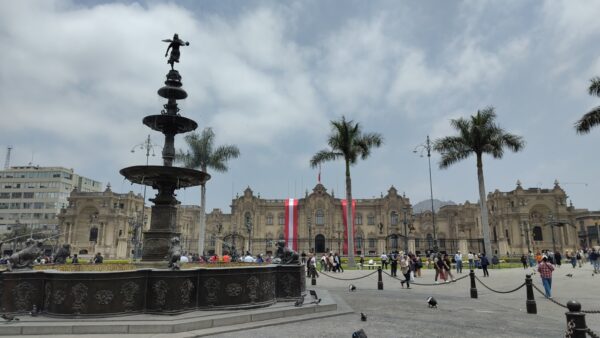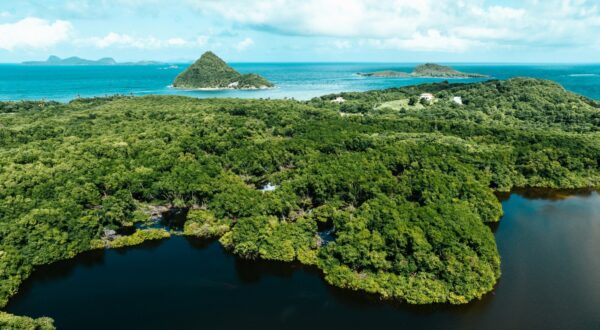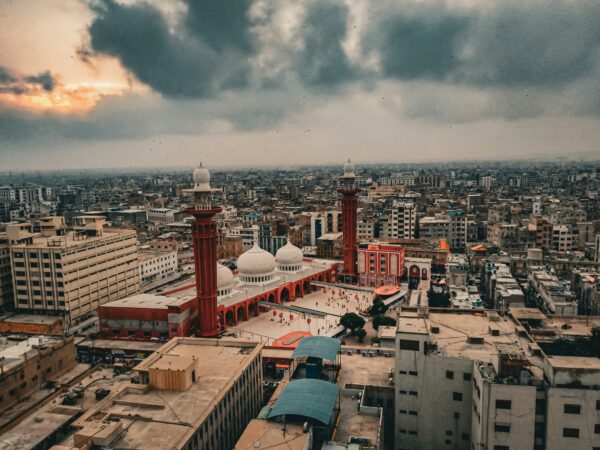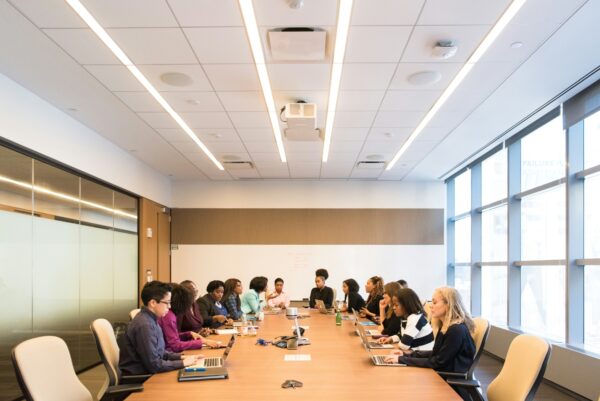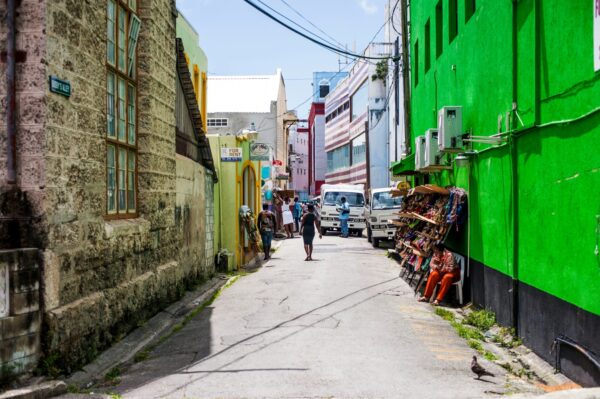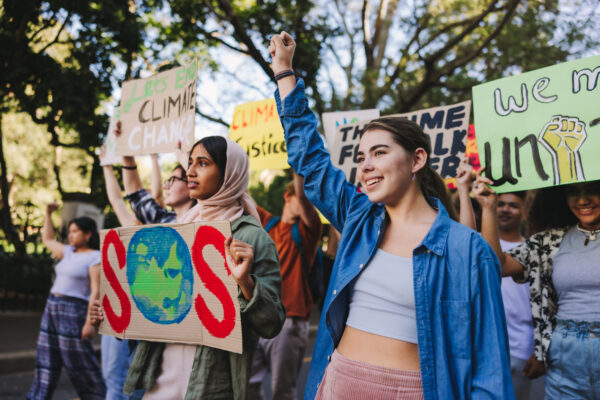Loss and Damage at COP23 – goals, roadblocks and detours
Share

Climate-related disasters have battered many regions this year, leaving many vulnerable developing countries with enormous damages but a limited capacity to deal with them.
Let’s just say that there was some progress at the 'islands COP', but that there is ample room for improvement. The vulnerable countries’ push to move Loss and Damage beyond the current, very narrow focus on a technical report was blocked by developed countries. Nor did they see substantial progress on finance for Loss and Damage. The goal of securing support for countries battered by climate change might not be out of sight but long detours are taken – there will be a broad expert dialogue on support (including finance) for Loss and Damage at the meeting of the UNFCCC Subsidiary Bodies in May 2018.
To recap, vulnerable developing countries, including those represented by the Group of Least Developed Countries (LDCs) and the Alliance of Small Island States (AOSIS), had – in their opening statements – called for a permanent agenda item for Subsidiary Bodies to consider Loss and Damage at each of its sessions. They echoed earlier calls by the group of G77 plus China, a grouping of 77 developing countries and China, to which they also belong.
The background to this is a bit dry but important. The basic underlying question is whether Loss and Damage should be addressed at a purely technical level or whether it belongs on the political agenda.
At the moment Loss and Damage is considered only once a year when the Executive Committee of the Warsaw International Mechanism on Loss and Damage (WIM) – a body established in 2013 to enhance knowledge, coherence, action and support for addressing loss and damage associated with climate change – presents its annual report. The work of the WIM Excom is considered to be technical, rather than political.
The Subsidiary Bodies (SBs), on the other hand, are the technical arm of the UNFCCC negotiations that prepares the grounds for agreements to be made at political level. They meet at least twice a year, with one of those meetings tied to the COP. Having a regular agenda item on Loss and Damage under the SBs would amount to a political consideration of the issue.
The WIM Executive Committee (WIM Excom) consists of 20 members, who met twice last year and who recently agreed on their next five-year rolling workplan. The workplan lists activities for each meeting of the Committee, ranging from invitations to other bodies, such as the Paris Committee on Capacity Building, to consider Loss and Damage in their work, to holding consultations with relevant actors. Concrete outcomes of the WIM Excom´s work include the launch of the Fiji clearing house for risk transfer (launched at COP23), the establishment of a Task Force on Displacement and an expert group on non-economic losses.
Every year, the WIM Excom prepares a report for consideration by Parties to the UNFCCC at the COP, usually under the SBs agenda. Parties typically welcome these reports and devise a number of recommendations. Examples include the recommendation to establish additional expert groups or ensuring that the best available science is reflected in its work. Again, all fairly technical.
This, most developing countries felt, is not enough. Under the lead of Joel Suárez, a young Cuban negotiator, they formed a strong coalition of the G77 plus China set on raising the profile of Loss and Damage, especially in light this year’s many climate-related disasters that broke records all around the world.
They called for a permanent agenda item beyond the report of the WIM that would allow Parties to voice their challenges and needs, and to trigger effective solutions. They felt that Loss and Damage needed to be mainstreamed into other relevant processes: capacity building, technology transfer and financial support. In the context of the Paris Agreement, Parties are also devising reporting guidelines on climate-related needs and actions. All these processes are anchored at the political level, where Loss and Damage needed to be integrated as well. In short, the technical work could inform practical implementation on the ground but questions of support and responsibilities demanded political attention.
Did the vulnerable countries succeed? Not really. Every effort to call for a new agenda item to consider Loss and Damage beyond the report of the WIM Excom was met with objections – that now was not the time for having this debate or that Loss and Damage ought not to be “politicised”. Ironically, the call for establishing a new agenda item to discuss Loss and Damage at broader scale was objected on the basis that it was too broad for current negotiations.
The compromise, tabled at the last minute by the co-facilitators of the informal negotiations on the WIM Excom report is to hold an expert dialogue “to explore a wide range of information, inputs and views on ways for facilitating the mobilisation and securing of expertise, and enhancement of support, including finance, technology and capacity-building, for averting, minimising and addressing loss and damage” during the next meeting of the SBs in May 2018 (see here, paragraph 9). The outcomes of the expert dialogue will inform a technical paper on financial resources for Loss and Damage that will be prepared as part of the review of the WIM in 2019.
The wording of the scope of this expert dialogue hints at another contentious issue, namely finance. The G77 plus China called to establish an expert group on Action and Support within the frameworks of the WIM Excom – the only so-called strategic workstream without a dedicated expert group. It deals with enhancing action and support for loss and damage, including finance, capacity building and technology transfer. This call met heavy and persistent objections, and, unsurprisingly, no expert group was established nor the Excom requested to establish one. Instead, a window was opened for such an expert group to potentially be established in the future.
So perhaps there is reason for hope. The issue of support for Loss and Damage is alive (even if not kicking) under the expert dialogue in May next year. A number of recommendations to the Excom also have the potential to make a difference on the ground. For example, the Excom has been asked to ensure that the knowledge it generates will be transformed into user-friendly tools and products. This could become helpful on the ground, for example when countries assess their risks. Relevant research institutions and organizations are invited to share key findings on slow onset events. Through stronger collaboration with the science community, an important gap could be closed: How to address irreversible processes that are certain to happen, such as sea level rise?
Finally, the preamble to the decision on the WIM Excom report “notes the concern expressed by Parties on the increasing frequency and severity of climate-related disasters that have affected many countries,” demonstrating at least some common understanding that there really is a problem. Acknowledging that a problem exists is an important step in every crisis. Perhaps in the future we can turn towards dedicated and adequate solutions. For this, we will need all hands on deck. Submissions on the type and nature of activities to address Loss and Damage, which can serve as a basis for the expert dialogue, are due by 15 February 2018.


